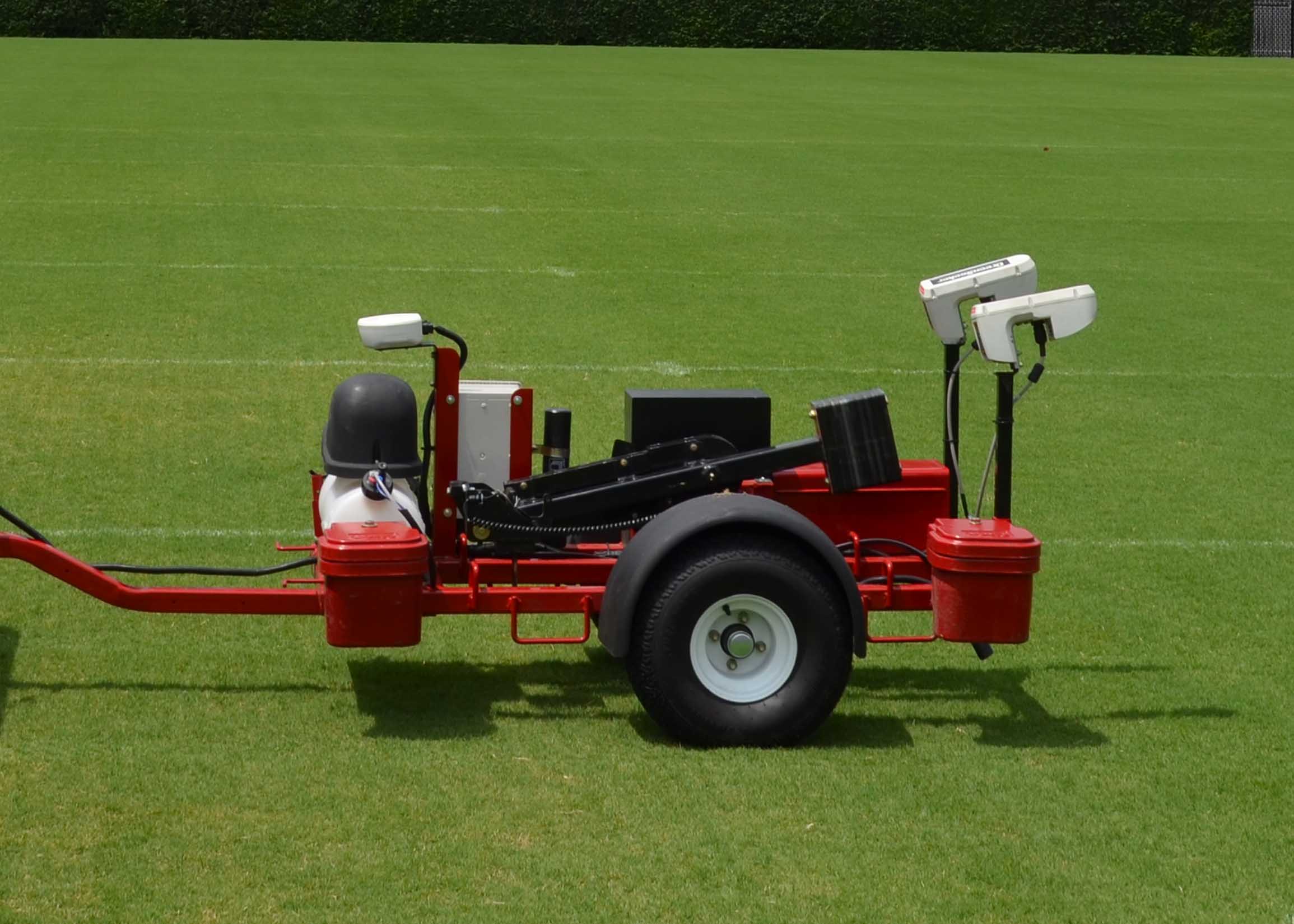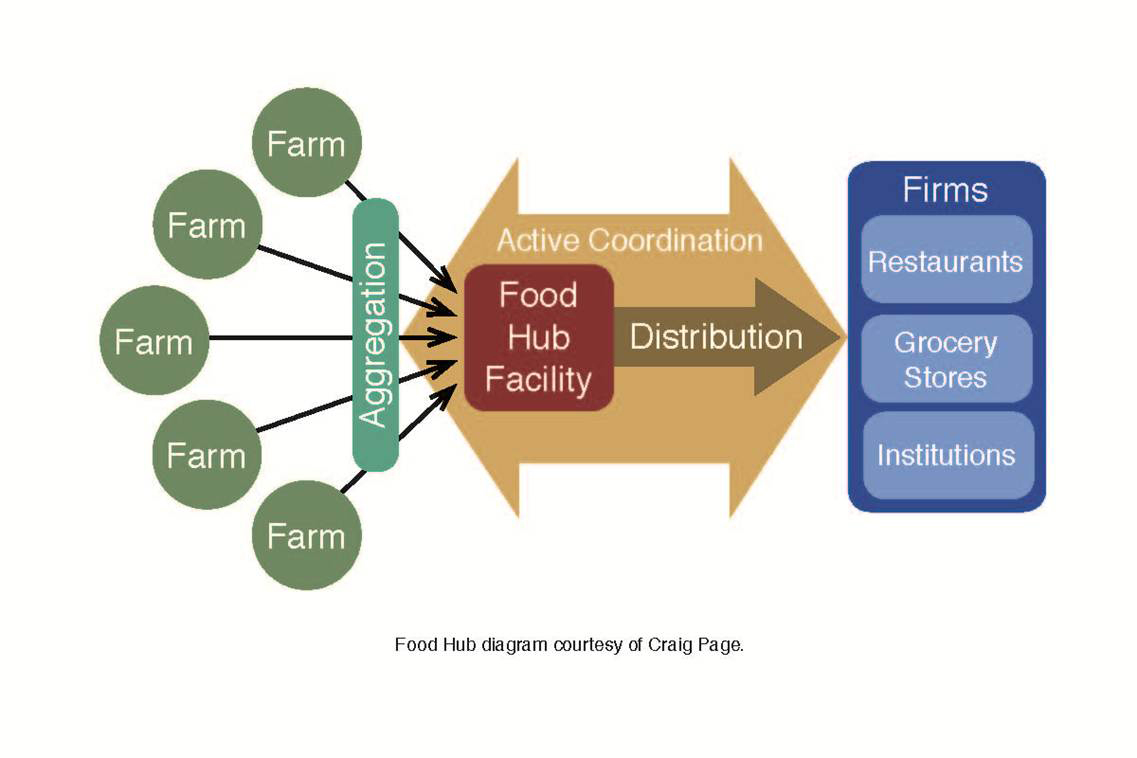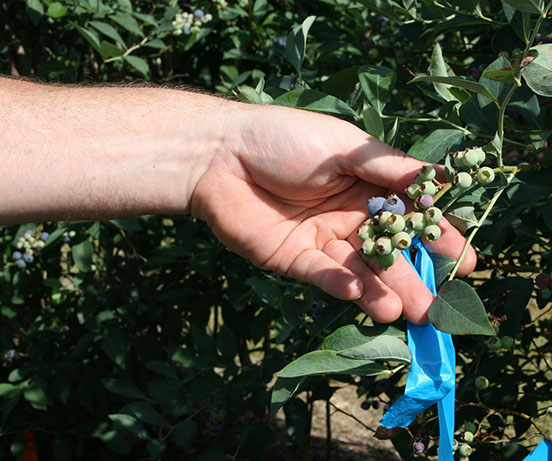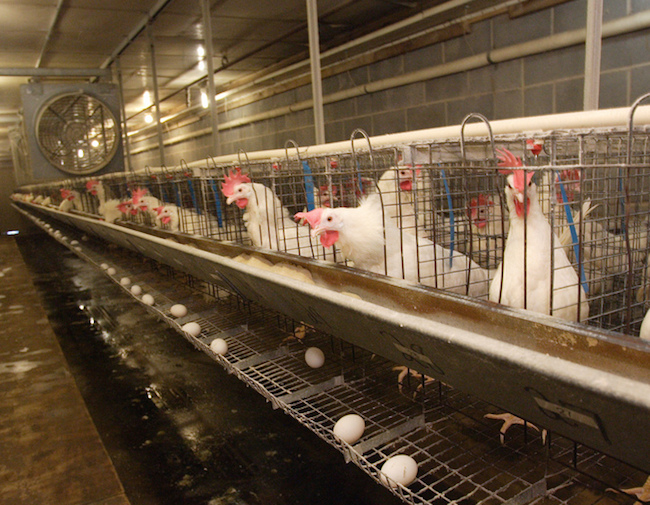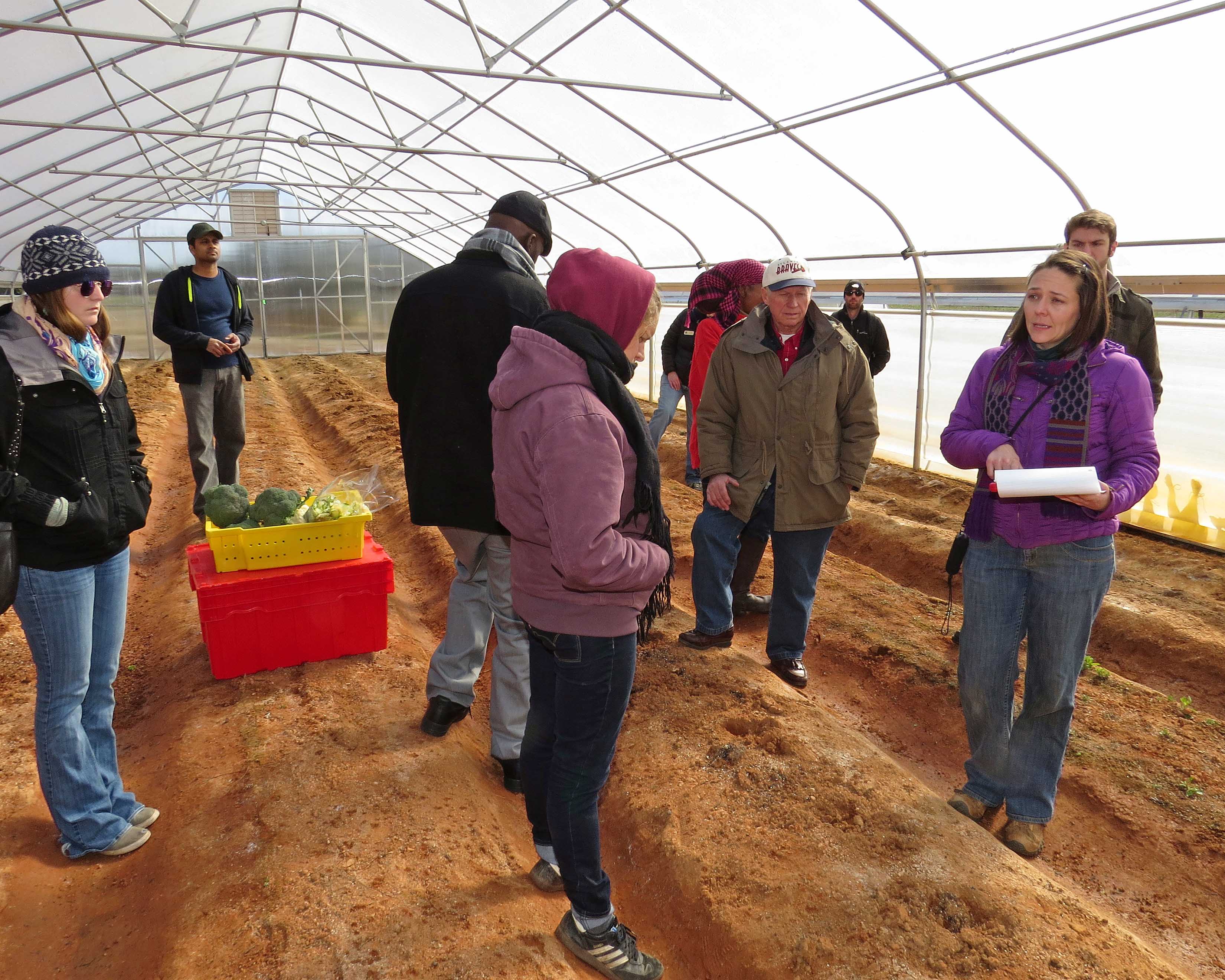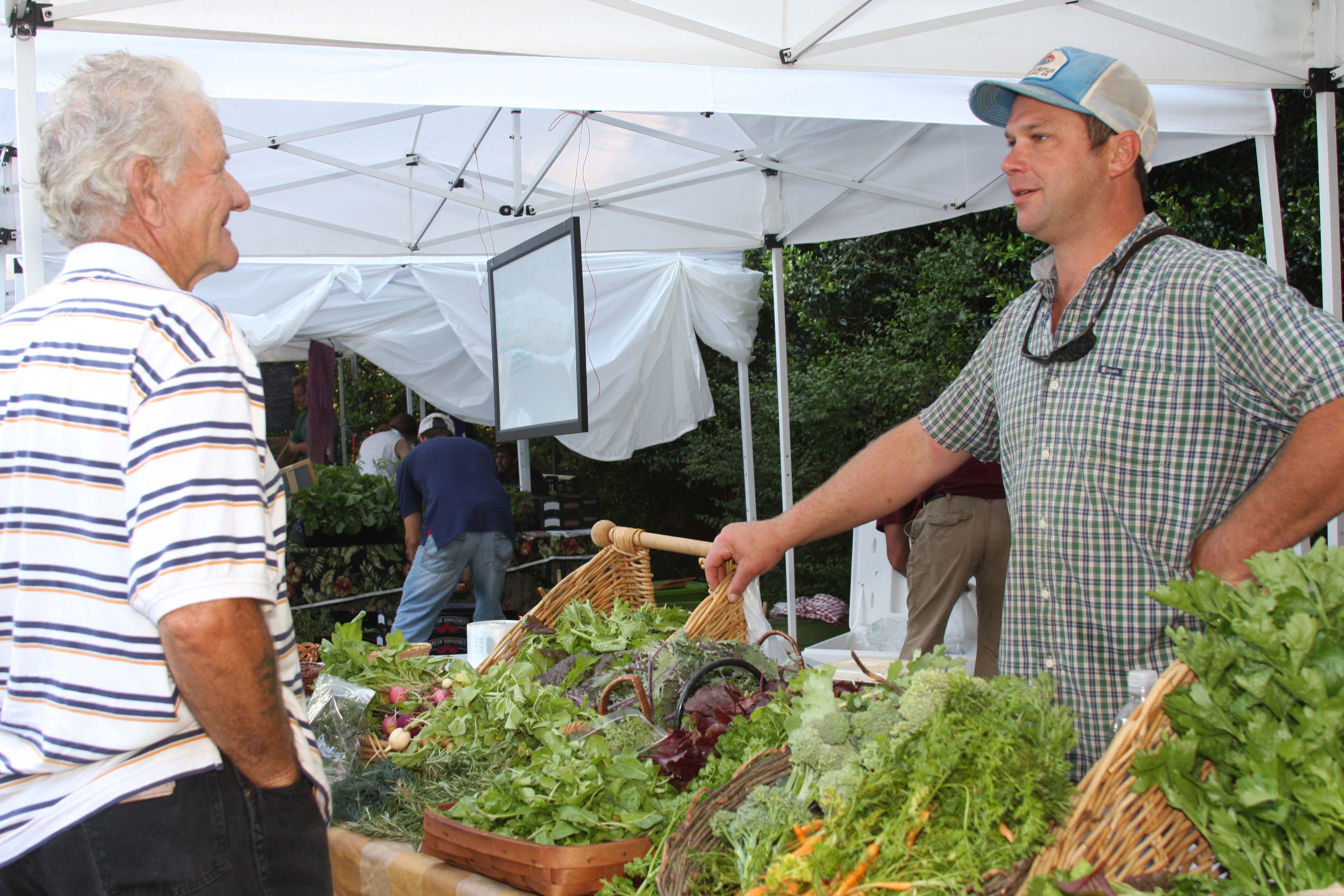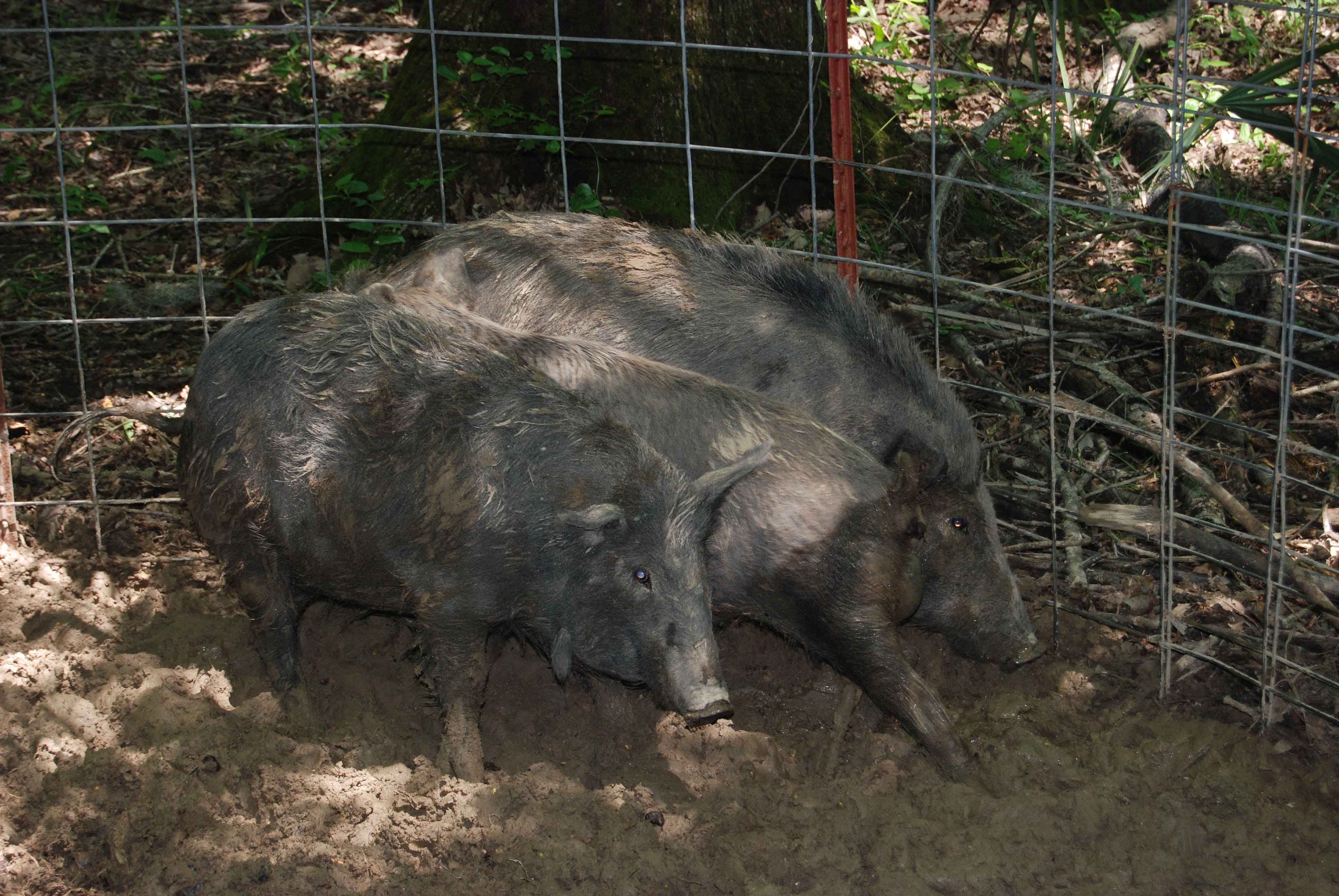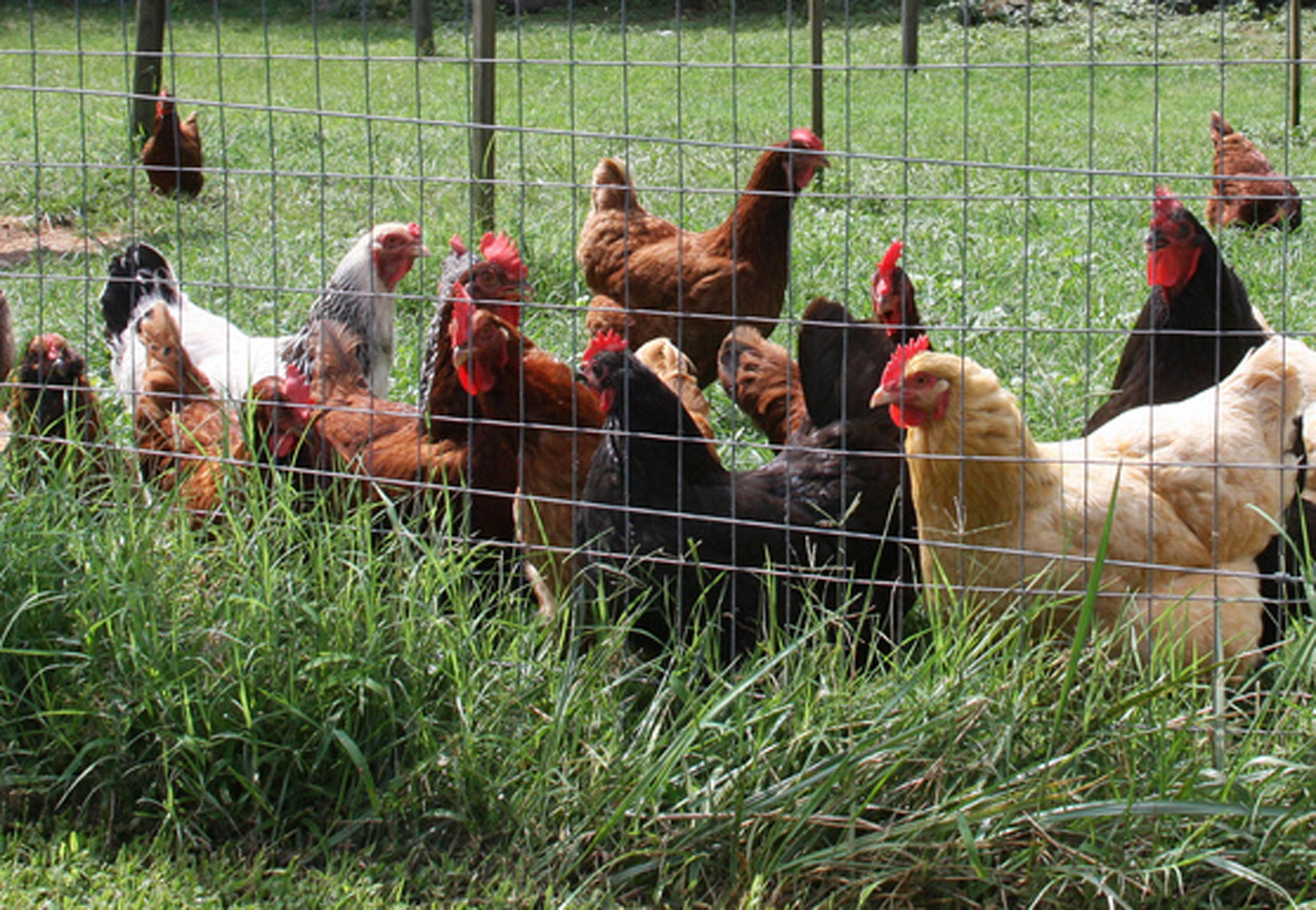 CAES News
CAES News
Backyard Chickens
UGA Extension in Forsyth County is launching a series of intensive summer workshops for those who raise or who would like to raise backyard chickens. The classes will be held from 7 p.m. to 9 p.m. on June 4, 11, 18 and 25 in Cumming. Pre-registration is required and each class costs $5.

